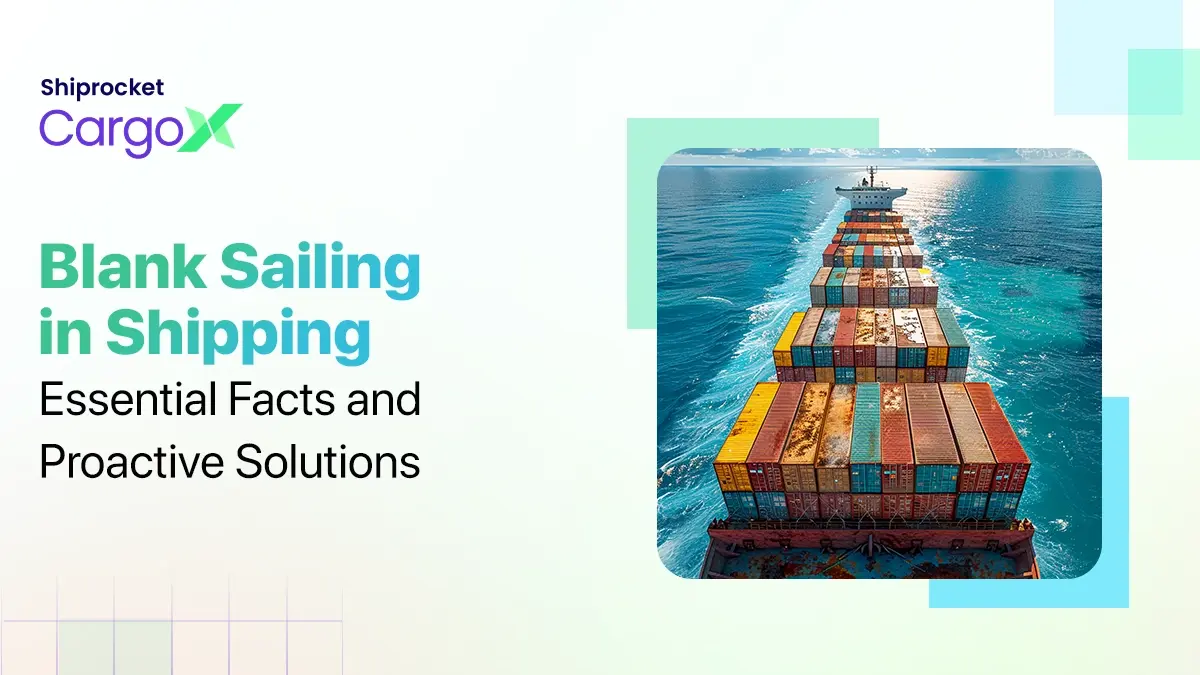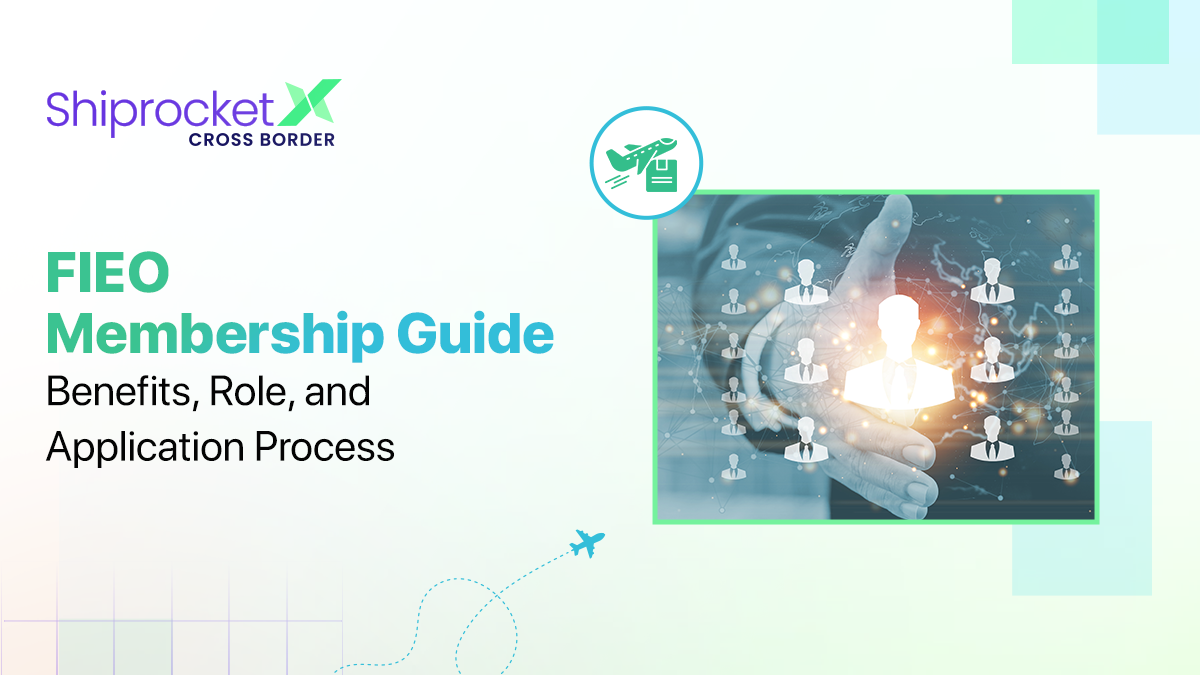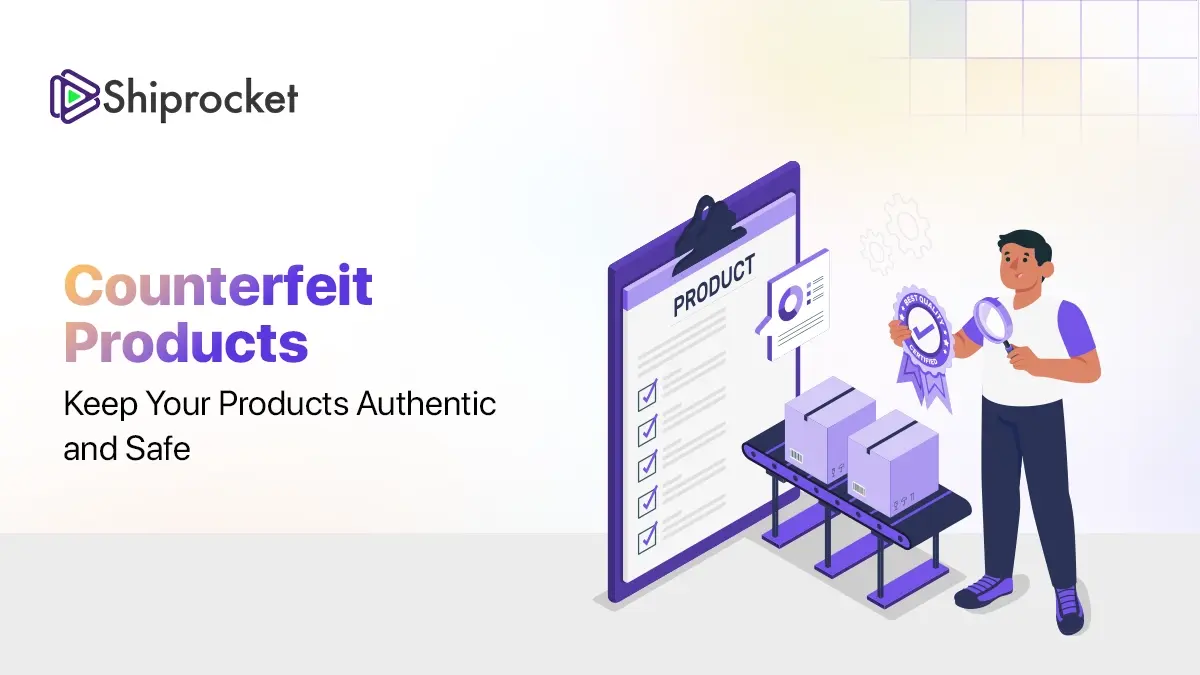Pre-Ordering in eCommerce: Benefits, Strategies, & Success Tips
A pre-ordering strategy is required when a company starts taking orders from customers before the official product release. It is used for planning a new product launch before it’s available for public purchase.
In this article, we’re explaining what is pre-ordering of an item on your website that isn’t yet available for sale. And by utilizing pre-orders, how you can allow securing an item ahead of time so you don’t have to worry about it selling out.
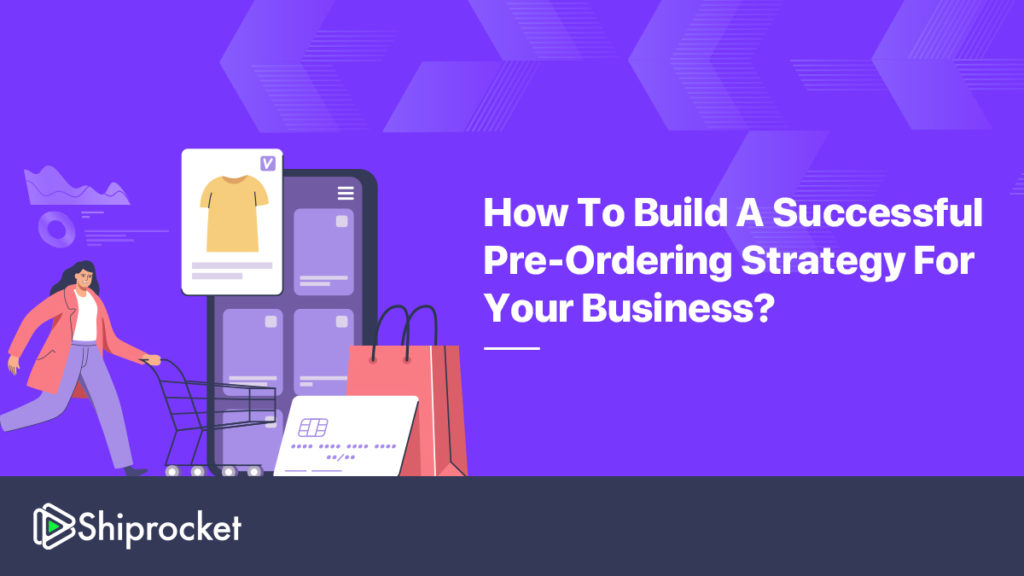
What are Pre-Orders in eCommerce?
A pre-order is when an online business puts an item up for sale even when it’s currently not in stock. Customers can purchase pre-ordered products and pay for them in advance. Pre-ordered products generally have an availability date attached to them. Alternatively, customers can be billed when the pre-ordered product is delivered. Pre-orders offer customers the guarantee to access the product at the earliest possible availability.
How Do Pre-Orders Work?
This strategy allows customers to secure an item by making a small payment and paying the remaining balance upon product release, or by paying the full amount upfront.
For example, Amazon offers pre-ordering to its customers where they can purchase an item by adding it to their cart and checking out. But they will be charged nothing until the item actually ships from Amazon.
The main benefit of this strategy is that it allows your customers to avoid the launch day rush to get a new product. It also provides the option to pay later for that item.
Pre-Order Business Models
Let’s take a look at the three most common methods for pre-ordering:
Pay Now
This method involves paying in full at the time when the customer pre-orders the product. The payment will be collected from the customer like a normal purchase. A pre-order sale is like a regular sale. However, it comes with an extended fulfilment period. At the time of pre-order, you’ll offer your customers details regarding when they can expect the shipment of the product. You should go for ‘pay now’ pre-orders if you want to:
- Get paid up-front for the product
- Enable customers to purchase whenever they are ready to buy the product
- Automatically update products that are out of stock
- Keep your customers informed about expected shipping dates, etc.
The ‘pay now’ method is also easy to set up if you have already set up an online payment gateway. However, you may have to check for any specific rules and regulations regarding payments if you’re planning on selling globally. In case a country forbids the sale of out-of-stock goods, you may have to switch to the ‘pay later’ method.
Pay Later
This pre-order method allows your customers to make a deposit for a pre-ordered product or even a payment-free reservation. They are billed for the remaining or full sale price of the product when it’s shipped. The ‘pay later’ pre-order method is ideal for your business if you:
- Secure orders for upcoming products that are delayed to offer more flexibility during fulfillment
- Test the market for new products so you can charge the right amount
- Charge customers at the time of order fulfillment
However, this method gives the buyer and the seller the flexibility to cancel orders at any time. For instances like these, you’ll have to plan for excess inventory if more orders are cancelled.
Crowdfunding
The creation and launch of a new product require large capital. This pre-order business model is an effective method if your business is launching a new product in the market. Your potential customers often agree to send you money even if the product is not guaranteed. However, they expect to receive rewards, equity, or the final product (if and when it’s produced) in return.
When is the Right Time to Offer Pre-Orders?
Offering pre-orders during certain situations could be rewarding and boost your sales:
- When you’re launching a new product
Offering pre-orders when you’re rolling out a new product can help you identify your customer’s interest. It can also help you generate revenue when the product is still in the production phase. However, ensure that you inform your potential customers about the pending availability of the product. Find a reliable manufacturer that can deliver the desired product quality while maintaining the time line.
With pre-orders, you’ll have customers waiting for their products. Your business’s reputation depends on timely delivery of those products in perfect condition. You can promote the launch of new products with different eCommerce marketing methods to attract more customers. Pre-order campaigns can help you create a buzz around new products. It also helps create a sense of urgency among customers who want to be the first to receive the new product.
- When combining pre-orders with discounts and promotions
You can encourage customers to buy a product even if it’s out of stock by offering pre-orders combined with special price discounts and promotional offers. You can make this approach even more attractive and effective by integrating with a special event, holiday, occasion, or season. You can use your eCommerce website, social media platforms, emails, etc., to inform your customers about the same.
- When offering customers exclusive access to limited-edition products
You can allow your regular and loyal customers to try out new, high-demand, and limited-edition products before you officially launch them to the general public. It’s one of the best ways to strengthen brand loyalty among your most loyal customers. You can also incentivise customers to join your loyalty programs or email list. Moreover, it helps you promote popular products and plan inventory.
- When testing a new product in the market
Before you commit time and resources to a full product launch, it’s essential to test the viability of the product. You can create a ‘coming soon’ landing page on your eCommerce website. It’ll help you gauge your customer’s interest. Eventually, you can start rolling out the new product. Offering pre-orders is a great opportunity to set realistic expectations with your potential customers before you launch a new product in the market. Crowdfunding platforms can also help you fund products in development.
- When you need help with cash flow
Manufacturing a product can take from a few months to years, depending on the complexity of the product. It also depends on other factors, including the availability of raw materials, funds, etc. You can resolve irregular cash flow by offering pre-orders on your products. It’ll ensure the flow of money while manufacturing the product.
- When you want to sample the demand
Pre-orders offer online businesses two key benefits; they help you understand the product demand and provide a reliable source of revenue for eCommerce businesses. Eventually, it helps your business plan and fund inventory purchases at the same time.
- When you want to retain customers or enable backorders
As an eCommerce business, you may have a trending product that goes out of stock quickly. Pre-orders can help you retain customers even if your product’s inventory falls to zero. You can also encourage customers to make a pre-order by offering special benefits. Another benefit of pre-orders is that they help reduce wait times for products in high demand. It helps you ensure that your customers receive the products as soon as it is available. It also prevents your customers from checking your website to place an order.
When You Shouldn’t Offer Pre-Orders
Here are some instances when you shouldn’t offer pre-orders.
- Incompatibility with online marketplaces
You should avoid offering pre-orders if you sell mainly through online marketplaces, including Amazon, eBay, etc. Unlike your eCommerce website, you are not in control of how orders are processed on these online marketplaces. For instance, on Amazon if you haven’t shipped an order after 30 days of receiving it, the order will be cancelled. This is regardless of what you have set the pre-order date as. It may also negatively impact your metrics on these online marketplaces. Eventually, your eCommerce business may be expelled from the online marketplace.
- Extensive dependence on manufacturers
You should avoid offering pre-orders if your business relies heavily on manufacturers. It’s because the products could arrive late, there may be a change in prices, or the quality may be noticeably different from what you’ve advertised to your customers. You wouldn’t want your customers to blame your business. It could lead to negative reviews, costly chargebacks, lost customers, financial losses, etc. To avoid situations like these, you can work with a reliable manufacturer known for their reliability, transparency, and experience. It’s even better if you could work with a manufacturer you’ve worked with in the past. You should be able to trust the manufacturer to timely deliver quality products, especially when your customers are trusting you by paying up-front for pre-orders.
Avoid offering a pre-order too early. It’s best to offer a pre-order for about a week or up to two months depending on the product you’re selling. If the pre-order is longer than a few months, your customers may start losing interest.
5 Ways to Ensure a Successful Pre-Ordering Strategy
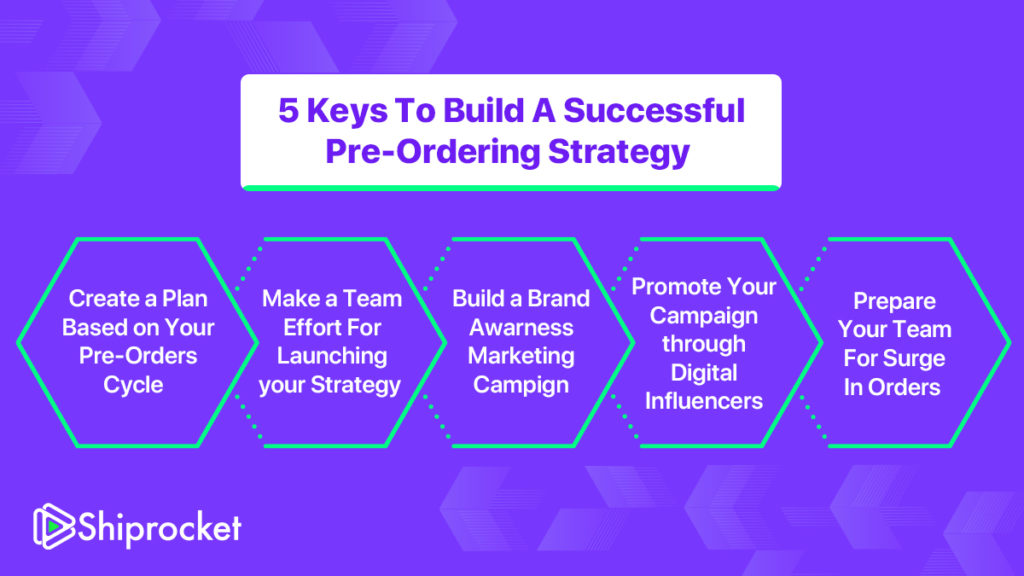
- Build a Plan For Pre-Ordering
Planning is the most important part of a pre-ordering strategy before a product launch. It should focus on generating awareness among your customers to secure pre-orders.
According to reports, around 30% of pre-orders are placed the first day prior to the actual release of the product. And in the next 7 to 10 days, the activity is totally null as the initial marketing buzz goes down. Based on this life cycle, you can already start to plan your pre-launch campaign calendar with the following considerations:
Announce the pre-order availability 4-6 months ahead of your actual product launch. Consider the best time to launch your product and the budget or resources you have for an effective launch.
- Make a Team Effort For Product Launch
Once you have built a plan already for your business and your team, launching a pre-order strategy is not difficult. A pre-order strategy works when your entire team puts the energy, effort, and budget into making it a success, be it your marketing, IT, or customer service team.
- Drive Awareness Through Marketing Campaigns
Before launching your pre-orders it is important to make a strong marketing campaign according to your pre-order strategy. Advertising is a great way to increase awareness of your product before it launches. You can advertise on platforms like Google Ads, YouTube, Facebook, and Instagram to reach your target audience.
Scheduling an email to let your customers know that pre-orders are officially open is also a good idea. Send regular emails to your customers before the pre-order launch date.
Press releases and marketing can help you to send information and reach your customers, and create a buzz around your product release. Likewise, content marketing for an upcoming product launch builds awareness among your customers with previews of your product. Webinars and interviews with the product creator or influencers who have tested it will drive your upcoming product launch.
- Generate Buzz Through Digital Influencers
Marketing through digital influencers is incredibly helpful and can generate more leads through social media referrals.
When more people know about your product or pre-ordering, the more orders you will get during the launch period. Offer special offers & and discounts on pre-ordering or a chance to win a prize.
- Prepare For the Surge in Orders
If you’re planning to launch a pre-order campaign, focus on preparing for the surge in orders to avoid running out inventory to keep up with the demand.
To ensure this doesn’t happen, check your website bandwidth so that it can handle a spike in traffic and visitors. Also, keep a check on your inventory to manage orders and stock availability in real-time. Pre-orders are a great way to drive sales for your next product launch. If you’re planning to implement a pre-order strategy for your business, Shiprocket can help you manage your inventory, orders, and sales to ensure smooth product launch.
Customers need a reason to pre-order before launch. Offer them added value or thank them for ordering in advance. By rewarding your customers, you can also increase revenue from your pre-orders.
What are the Benefits of Pre-Order in eCommerce?
Here are the major benefits of pre-orders in eCommerce:
- Increased sales
Offering pre-orders can boost sales by tapping into customer excitement before a product is officially released. Early sales generate immediate revenue, often exceeding initial projections. Customers who pre-order are typically more committed and likely to complete their purchase. It can help you significantly enhance overall sales figures.
- Better cash flow management
Pre-orders provide an influx of cash before the product is available for shipment. This early revenue can help manage cash flow by covering production costs, improving liquidity, and reducing financial strain. It also enables your business to better forecast and allocate resources based on actual demand for the product.
- Build anticipation
Pre-order campaigns create buzz and excitement around a new product. By generating anticipation, your business can amplify its marketing efforts and create a sense of urgency among potential buyers. This heightened interest can drive more people to commit to buying the product as soon as it becomes available.
- Capture customer demand
Pre-ordering allows businesses to gauge customer demand more accurately. By analysing the volume of pre-orders, you can adjust production levels, inventory, and marketing strategies to better align with customer interest. This data-driven approach helps you in reducing excess inventory and minimising the risk of stockouts.
- Deliver fulfillment flexibility
Offering pre-orders helps you plan your production and inventory more efficiently. It provides your business with the flexibility to manage fulfillment processes, such as staggering shipments or adjusting production schedules based on pre-order volumes. This ensures that you can meet your customers’ expectations while optimising operational efficiency.



